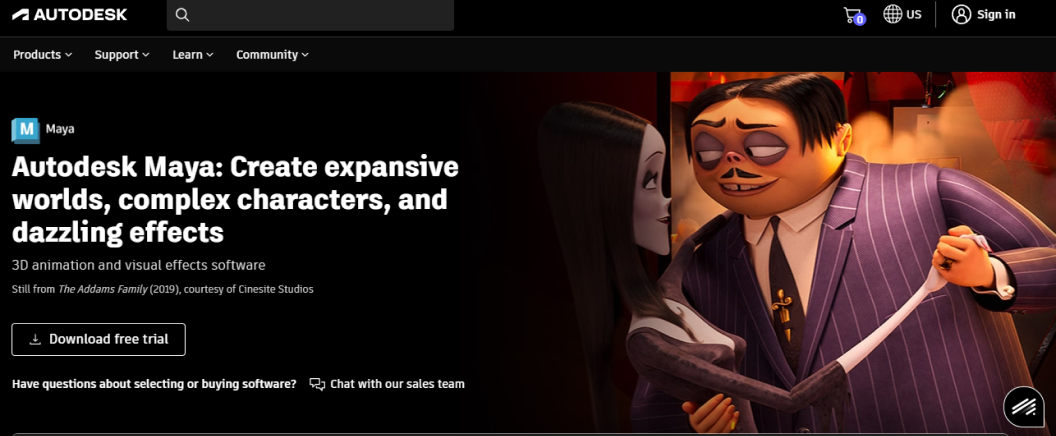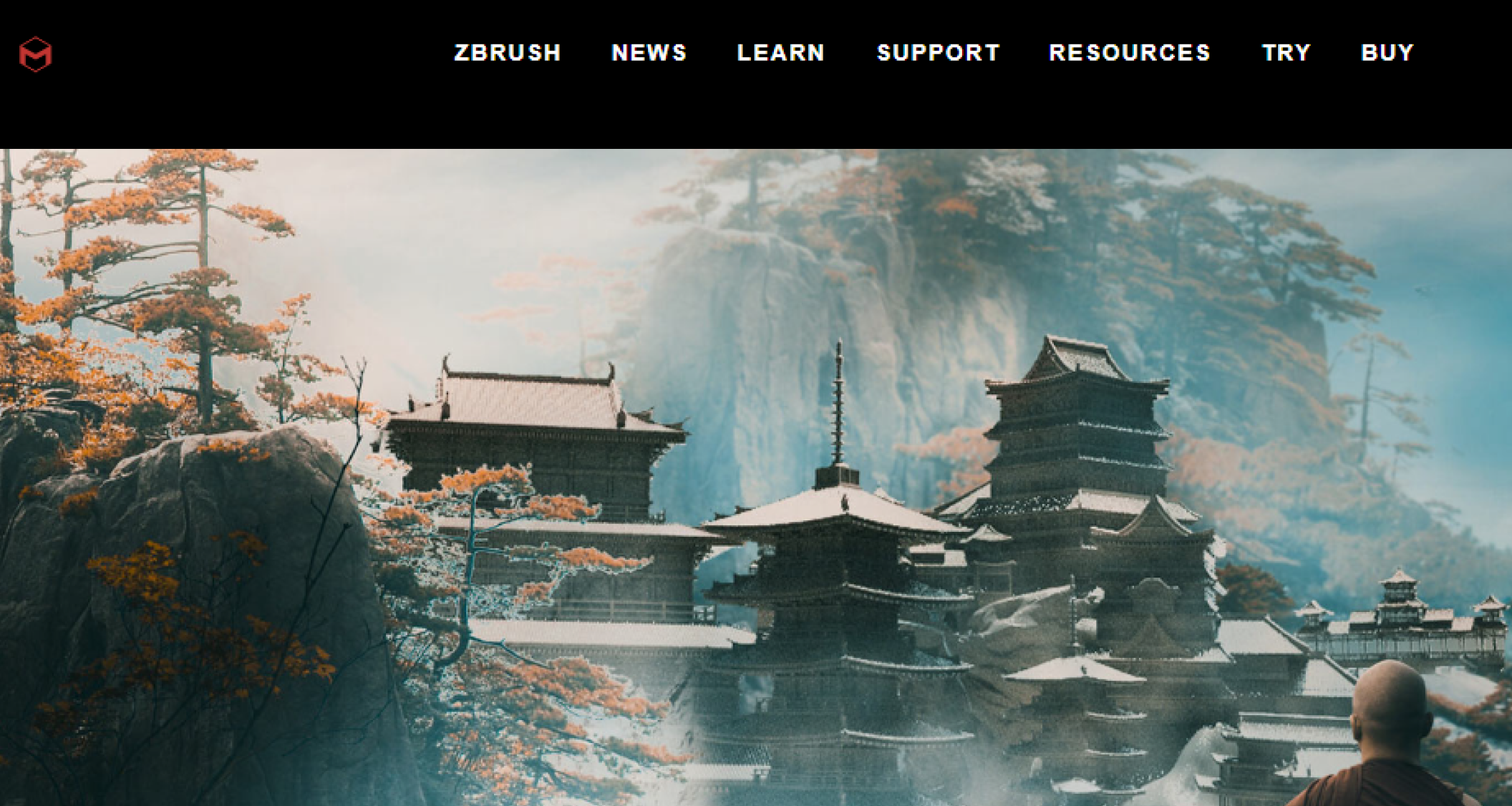Hey there, game enthusiasts! Have you ever wondered about the magic behind the immersive worlds of your favorite video games? Well, wonder no more, because today we’re diving into the exciting realm of prop artists and their crucial role in game development.
What’s a Prop Artist Anyway?
Prop artists are the unsung heroes of the gaming world. They’re the ones responsible for bringing virtual environments to life by creating 3D objects that enrich gameplay and add depth to digital spaces. From simple objects to complex structures like damaged vehicles and characters, prop artists make it all happen.
So, What Do They Actually Do?
Creating Assets: Prop artists start by taking conceptual or reference images and turn them into 3D models. These models are then optimized for seamless integration into the game environment.
Collaborating with Level Designers: Working closely with level designers, prop artists ensure that every prop seamlessly fits into the game’s narrative. They consider everything from scale to lighting to make sure the world feels real and immersive.
Adding Details: It’s not just about creating models; prop artists also add textures and details to make everything look as realistic as possible. From weathering effects to aging details, they make sure every prop looks like it belongs in the game world.
Tools of the Trade
Now that you know what prop artists do, let’s talk about the tools they use:
- Autodesk Maya: Perfect for intricate character animation and modeling.

- Autodesk 3DS Max: Great for architectural visualization and product design.

- Blender: An open-source favorite with a robust community and powerful sculpting capabilities.
- Pixologic Zbrush: Ideal for adding intricate surface details to organic objects.

- Autodesk Mudbox: A versatile tool for sculpting and painting detailed textures.
How to Get Noticed by GameDev Companies
If you’re dreaming of working with the big names in the gaming industry, here are 3 tips to help you get there:
- Stay Updated: Keep an eye on industry trends to understand the market and where it’s headed.
- Master Your Tools: The more experience you have with popular software, the better.
- Showcase Your Work on Devoted CG: Use Devoted CG to create an amazing portfolio and showcase your talent.
We reached out to many of the leading game developers (Riot, EA, Sega, Microsoft, 2K, etc) to ask what they want to see when looking for a freelance artist. All of their feedback focused on one thing – creating amazing portfolios so they can truly see your work and creative process.
Make sure to upload images for each step of creating an asset (e.g., for 3D assets, include the model, UVs, meshes, textures, and final render with neutral lighting). This allows game companies to quickly assess your work and make a decision. Additionally, include details on the software tools used to give them a clear picture of your skills and capabilities. Create your account now and showcase your portfolio!
Conclusion
Prop artists are the backbone of game development, bringing virtual worlds to life with their creativity and skill. Whether it’s an indie project or a AAA title like Cyberpunk or Skull and Bones, prop artists are essential. So, if you’re passionate about gaming and have a knack for creativity, why not give it a shot? Start honing your skills, showcase your work, and who knows? You might just find yourself working on the next big thing in the gaming world!

